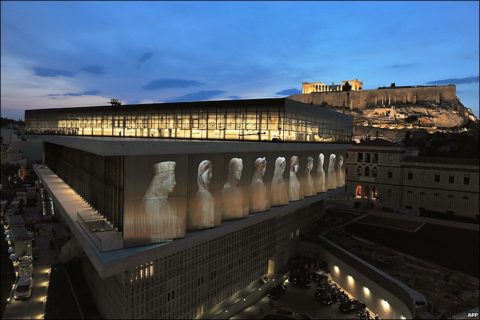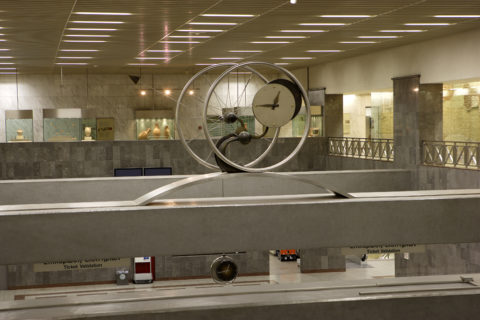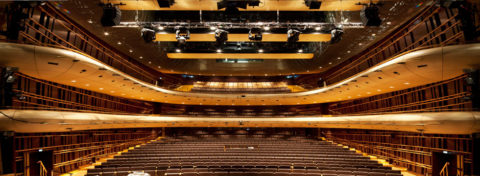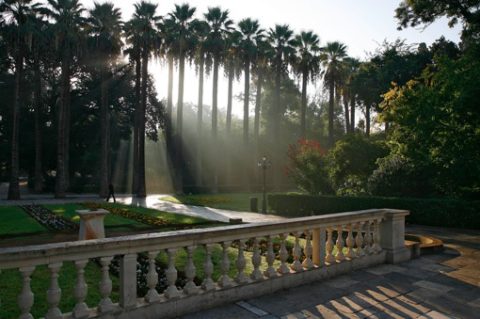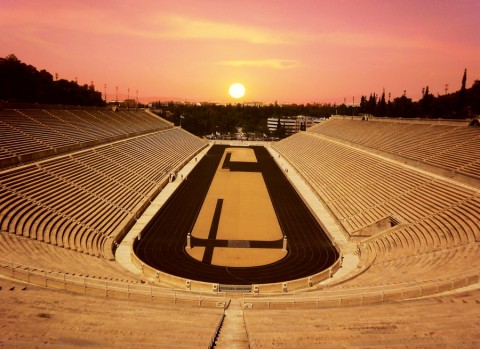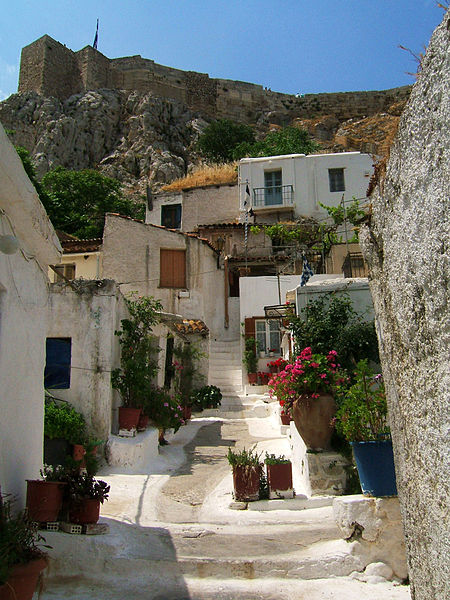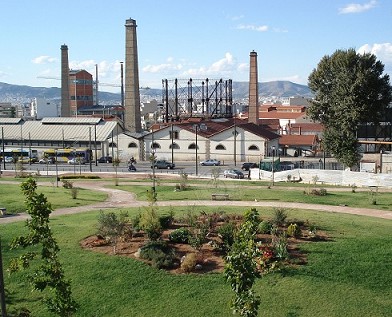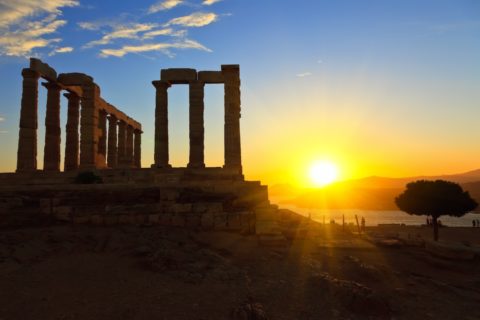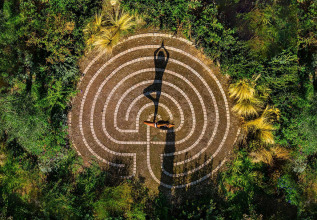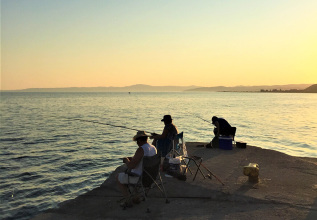4 MIN
TRAVEL TIPS
Top 10 things to do in Athens

With the shoulder season upon us, it’s the perfect time for a quick city break – and where better than the culture cradle of the Greek capital? Here’s our top 10 things to do in Athens.
Walk Dionysiou Areopagitou : The centre of Athens can be gridlocked at times, but take a turn off Amalias Avenue to follow in the footsteps of the ancients. Dionysiou Areopagitou is a wide, pedestrianised street named after the first Athenian convert to Christianity. As the road continues, the rumble of traffic fades into the distance, buildings give way to trees and some of the city’s key archeological sites reveal themselves. First up, the Theatre of Dionysus followed by the Odeon of Herodes Atticus and, finally, the jaw-dropping Parthenon.See thisisathens.org
The Acropolis Museum : Now five years old, the Acropolis Museum remains one of Athens’ must-sees. Built partly in riposte to those who claimed Greece had nowhere to house the Parthenon Marbles (removed from the Acropolis by Lord Elgin at the start of the 19th century and currently on display in the British Museum), it stands over four floors above the archaeological site of Makrygianni, excavations of which can be seen through a glass floor. Hauntingly, an empty space remains on the top level waiting for the return of Elgin’s plunder.
See theacropolismuseum.gr
Syntagma Square Metro station : Syntagma (or Constitution) Square is the home of the Greek parliament building and the place at which to see Greece’s famous pom-pom-shoedtsoliades soldiers changing the guard. But head underground to this Metro station to see just how ancient Athens is. During digs at the end of the 20th century, ancient sites were revealed that threatened the system’s viability until a compromise was found to show off the archeological finds underground. Now displayed around the station, they are joined by two modern works of art, the station clock Thodoros and artist George Zoggolopoulos’s Atrium ceiling installation.
See ametro.gr
Onassis Cultural Centre : Taking up an entire city block off Syngrou Avenue, this 18,000-sq-m multi-arts space consists of two auditoriums, the one seating 880 and the other 220, plus exhibition space. Shows range from theatre, dance and music, to visual arts and there’s an excellent roof-top restaurant with city views.
See sgt.gr
The National Gardens and Zappeion Hall : For a respite from the summer heat, head to this 38-acre oasis behind the parliament building in Syntagma Square. Commissioned as Royal Gardens by Queen Amalia in 1838, they contain hundred of species of plants, shaded walkways, stretches of lawn, ponds and some ancient statues. The gardens stretch as far as the neoclassical Zappeion Hall, an exhibition space donated to the city by Evangelos Zappas in the late-1800s.
See thisisathens.org
Panathenaic Stadium (Kallimarmaro) : Zappas (see above) was the father of the modern Olympics, starting games in the years before the International Olympic Committee was formed. When the first ‘official’ games were held in 1896, most events took place at this magnificent marble stadium, which still hosts the finish of the annual Athens Marathon and other events.
Plaka : Built around the northern and eastern slopes of the Acropolis, with labyrinthine streets and neoclassical homes, Plaka is Athens’ old historical neighbourhood. Those streets teem with gold shops, boutiques, tavernas and ouzeri - a perfect place to sit of an evening with a meze and glass of ouzo watching the world go by. Neighbouring Monastiraki is the city’s flea market where you can pick up everything from cheap Levi’s to bundles of pre-war drachma notes.
See thisisathens.org
Lycabettus Hill : Once the refuge of wolves, the 277m (908ft), Lycabettus Hill is central Athens’ highest point. Shrouded in pine trees at its base, it gives way to a rocky summit with two peaks with the 19th century Chapel of St George, a theatre, and a restaurant. One can walk to the top or take the funicular railway to save on shoe leather. Kolonaki, the area around the lower station, is Athens’ high-class neighbourhood with a host of posh boutiques and some great people watching.
See thisisathens.org
Psiri and Gazi : These two former run-down neighbourhoods in the foothills of the Acropolis have been gentrified over the last decade and are now packed with hip bars and restaurants. Life in Psiri centres around Plateia Iroon (Heroes Square), while at the heart of Gazi lies the old Athens Gasworks, now home to Technopolis, an industrial museum and cultural venue.
See technopolis-athens.com/web/guest/home
Cape Sounio : Head out of the city and some 70km down the Athenian Riviera to find the Temple of Poseidon on the Sounion promontory, the ruins of which have Lord Byron’s name engraved on them. Legend says this is the spot where King Aegeus committed suicide when he thought his son Theseus had been slain by the Minotaur of Crete, leading to it having the most magnificent sunsets.
See thisisathens.org
By James Ellis
YourHols
